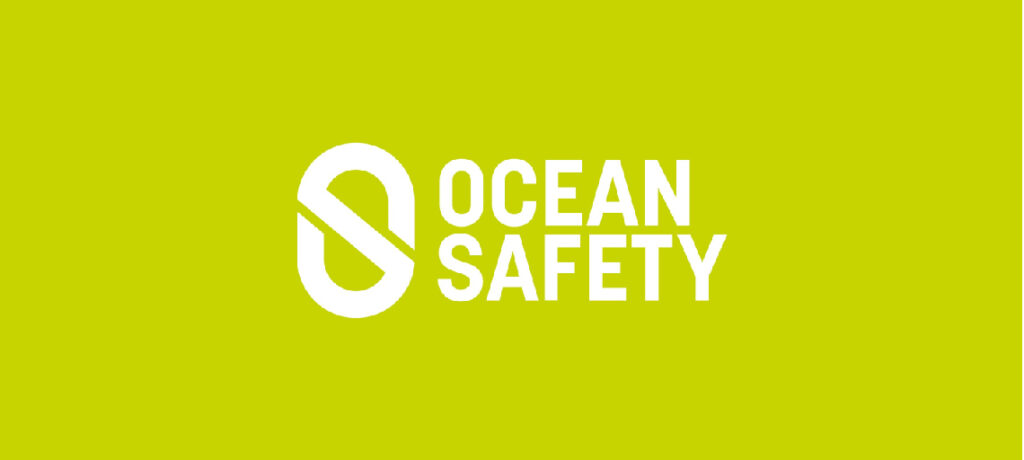Ocean Safety and Dee Caffari have worked together to provide safety advice to customers and sailors competing in the double handed sailing circuit this year.
Double handed teams have a lot more to think about, particularly when racing. One crewmember might need to combine roles, covering a larger area of the deck than usual, particularly during a manoeuvre at a mark rounding, or during a gybe, and this can put them at greater risk of going overboard or being injured.
Ocean Safety gets important feedback from top sailors, and none knows more about sailing alone or in small groups than our safety ambassador Dee Caffari MBE, who has been competing on the UK Double Handed circuit for the past two years.
Dee advises “As a crew member you should check what safety equipment is on board the yacht you are stepping onto. Make sure key safety equipment is on board and that the onboard grab bag is properly equipped with items you will need if you have to evacuate to a liferaft.” She adds “At the same time you must take responsibility for your own personal safety as well. Bring your own items like a lifejacket, already sized to fit, with a tether and AIS unit. I also advise bringing sunscreen, sunglasses and a hat, your own torch, refillable water bottle and personal medicines.”
AIS personal beacons can be tucked in an oilskin pocket or, as Dee describes, fitted into lifejackets that are designed to be ‘AIS ready’. Hand held AIS beacons, like the Ocean Signal MOB1 for example, transmit the casualty’s position to AIS receivers on their own and other nearby yachts. Similarly a personal PLB, which can be fitted the same way works with the international satellite system. It’s especially important for each crew member to have equipment like this about their person on short-handed cruises or races, and during night sailing. We anticipate, the recent launch of the PLB3, to be a popular product with the double handed crews.
On shorthanded boats it’s time to reconsider the man overboard drill as well. Being able to retrieve a person from the water as quickly as possible is absolutely paramount and while a yacht with a team of strong sailors on board can swiftly haul them back on board this becomes more challenging with fewer crew. Worse still, with only two people on board, it could be the stronger, heavier and more experienced one who has fallen overboard. Boats on short-handed outings should have equipment on board to make it as easy as possible to retrieve a person from the water. One of the most recognisable MOB recovery systems is the Ocean Safety Jon Buoy Recovery Module, housed in a neat slim canister mounted on a yacht’s transom. Once launched, however, the Jon Buoy deploys into a high visibility float which the casualty can rest on, and which can be winched via a halyard back on board. This is particularly helpful if the casualty is injured. Other floatation aids which can be thrown to a person in the water include a horseshoe lifebuoy or automatically inflating Jon Buoy version. These won’t necessarily have a means of getting the crew back on the boat so you should have a boarding ladder for this task.

